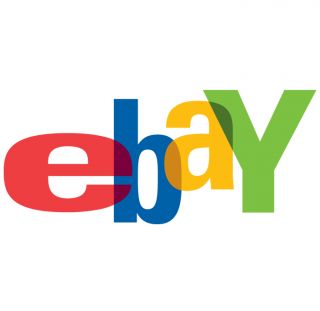I Came Home From Africa To Build A $200K/Year Sales Automation Software
Hello! Who are you and what business did you start?
I’m Richard Miles, along with Laura Betterly, one of the two co-founders of CLOSEM. We developed a super-easy-to-learn-and-use software tool that helps entrepreneurs and small business owners automate the time-consuming work of following up with leads, prospects, and customers and increasing sales.
Our customers range from coaches, real estate agents, e-commerce companies, digital agencies, insurance agents, web designers, teachers, schools, candidates for public office, consultants, merchant card processing companies, photographers, video production companies, home services including roofing, solar, painting, plumbing, cleaning; as well as assisted living services, food franchisors – even one customer who makes giant statues of wooly mammoths out of recycled materials and a lady that sells healing crystals and chameleons online!
The thing they all lack is time. It takes anywhere from 6 to 16 interactions with a prospect to close a sale, and solo entrepreneurs and small business owners are so busy running their business the long hard work of closing sales often gets back-burner. And what happens then? Sales are lost. We made CLOSEM fix that.

Download the report and join our email newsletter packed with business ideas and money-making opportunities, backed by real-life case studies.

Download the report and join our email newsletter packed with business ideas and money-making opportunities, backed by real-life case studies.

Download the report and join our email newsletter packed with business ideas and money-making opportunities, backed by real-life case studies.

Download the report and join our email newsletter packed with business ideas and money-making opportunities, backed by real-life case studies.

Download the report and join our email newsletter packed with business ideas and money-making opportunities, backed by real-life case studies.

Download the report and join our email newsletter packed with business ideas and money-making opportunities, backed by real-life case studies.

Download the report and join our email newsletter packed with business ideas and money-making opportunities, backed by real-life case studies.

Download the report and join our email newsletter packed with business ideas and money-making opportunities, backed by real-life case studies.



































